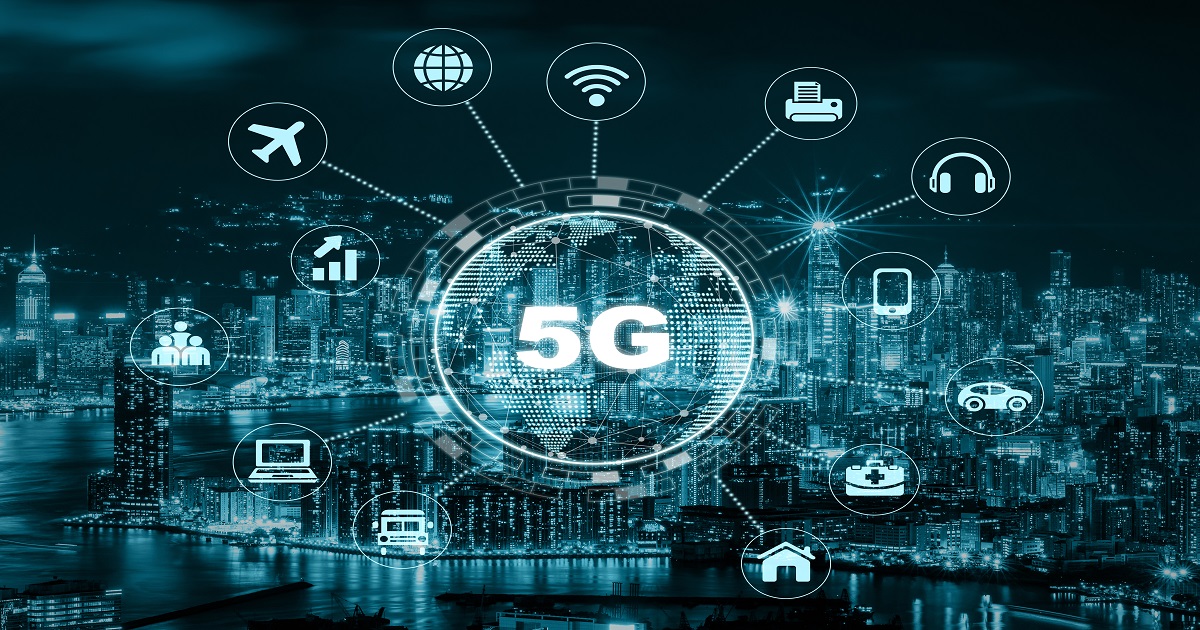Related Articles
Verizon Business is Enabling 5G Connectivity for Vay Technology's Teleoperated Electric Vehicles
Earlier this morning, Verizon Business and Vay Technology announced a new agreement that will bring Verizon 5G connectivity to Vay's fleet of teleoper…
Read MoreDriving 5G Device Ecosystem Innovation: Zebra Technologies and NTT Lead the Charge
Zebra Technologies and NTT DATA have entered a strategic partnership to accelerate innovation in the 5G device ecosystem and meet the growing demand f…
Read MoreBoldyn Networks Expands 5G Footprint through Acquisition of Cellnex's Private Networks Business Unit
Boldyn Networks, a shared network infrastructure provider, agreed to acquire Cellnex's private networks business unit, which includes Edzcom.
Read MoreSeattle University Taps into T-Mobile's 5G Network for Next-Gen Learning
T-Mobile as the primary 5G service provider allows Seattle University to implement several initiatives capitalizing on 5G technology.
Read MoreAdvancing 5G and IoT: Innovation from Wiliot Takes on the World
IoT innovator Wiliot previewed what possibilities may be out there for 5G and an ambient IoT visibility platform.
Read More




